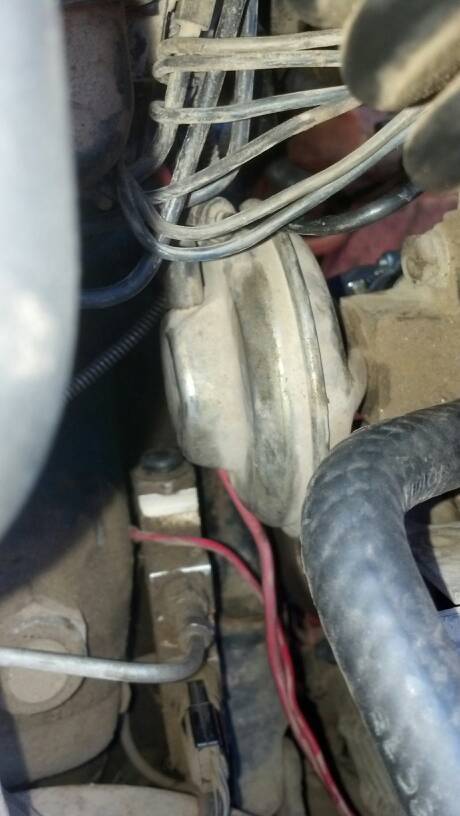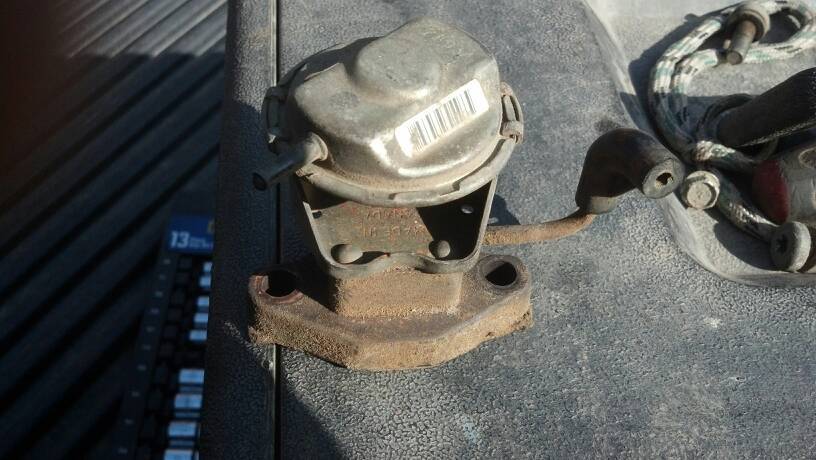jrowell
NAXJA Forum User
- Location
- Bakersfield
Chasing some smog issues led me to check my EGR on my 87xj.
If I manually press the EGR diaphragm at idle, the jeep will die. that's normal I believe.
If I manually put vacuum to the egr, diaphragm will not move/ not kill the jeep. Not normal I believe.
I can not get the jeep to SEND vaccum to the egr. I have tried rapidly opening and closing the throttle. No vacuum comes out of the black doohickey near the airbox (although vacuum is going into it). How can I check/fix that?
If I manually press the EGR diaphragm at idle, the jeep will die. that's normal I believe.
If I manually put vacuum to the egr, diaphragm will not move/ not kill the jeep. Not normal I believe.
I can not get the jeep to SEND vaccum to the egr. I have tried rapidly opening and closing the throttle. No vacuum comes out of the black doohickey near the airbox (although vacuum is going into it). How can I check/fix that?


